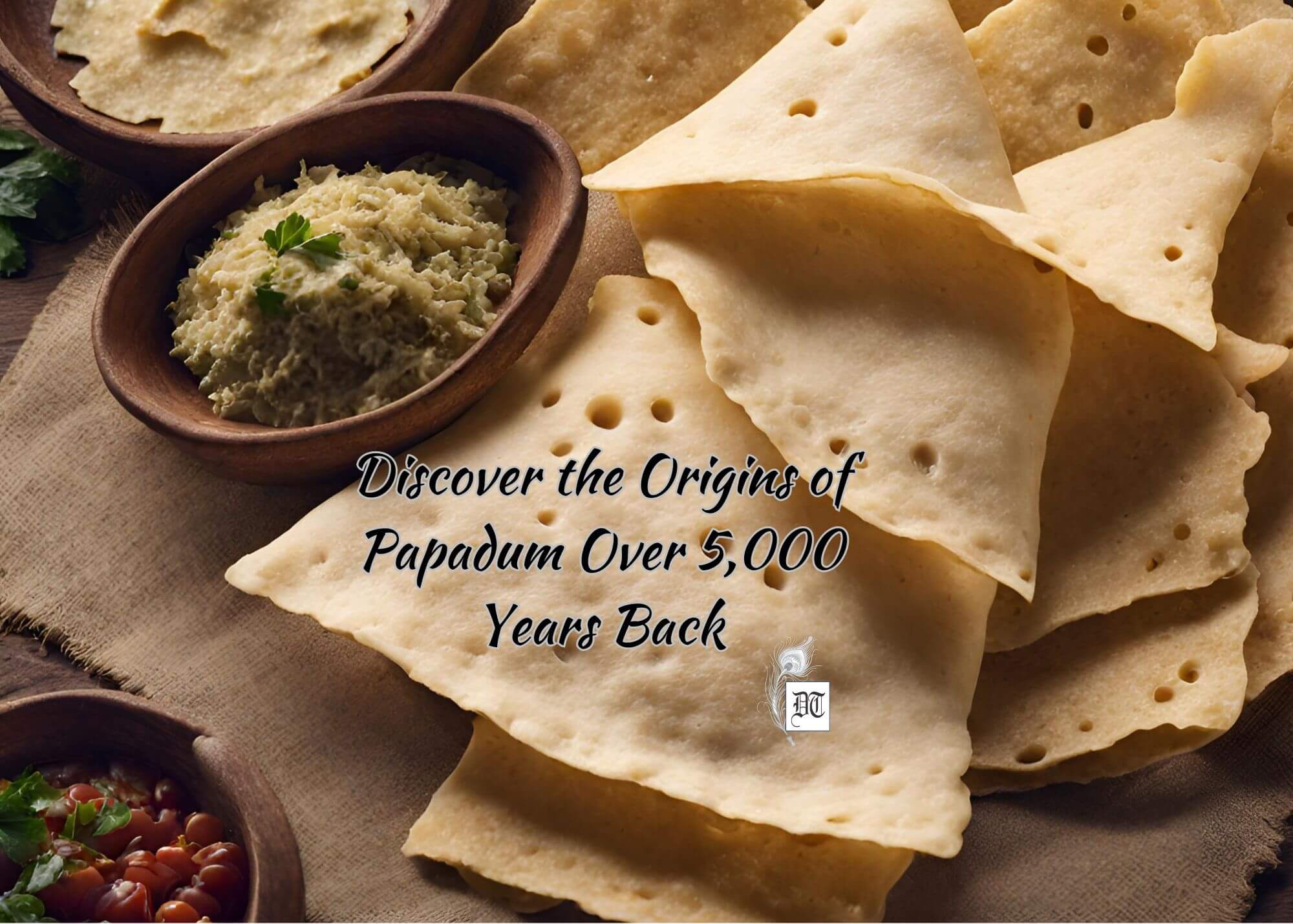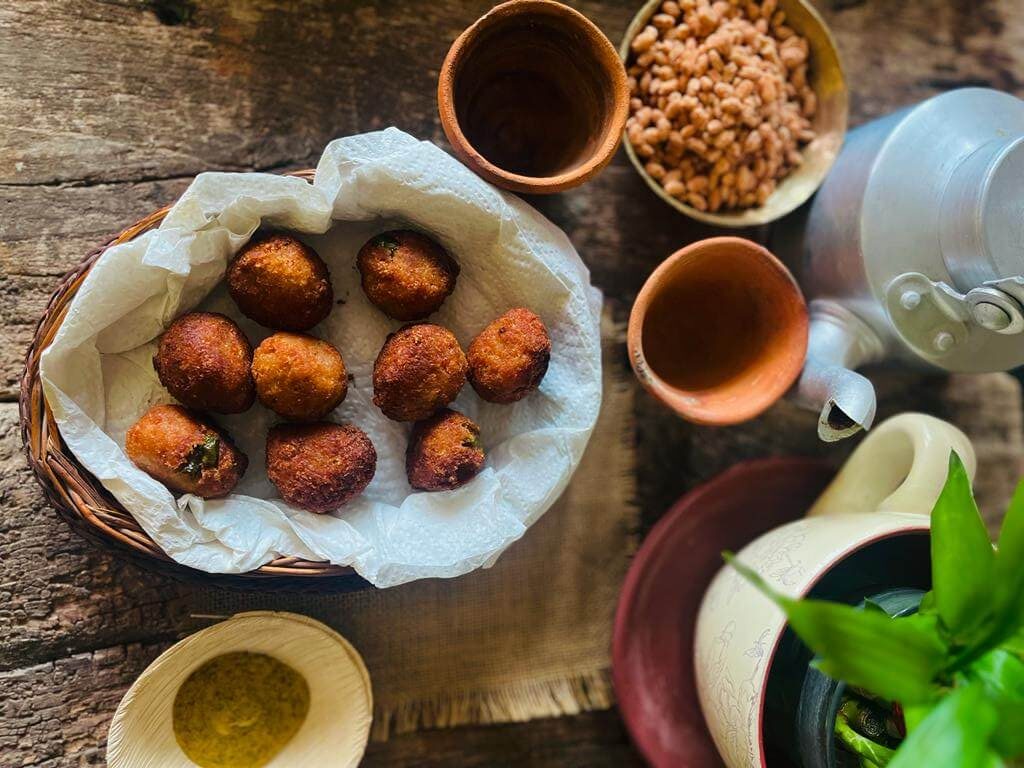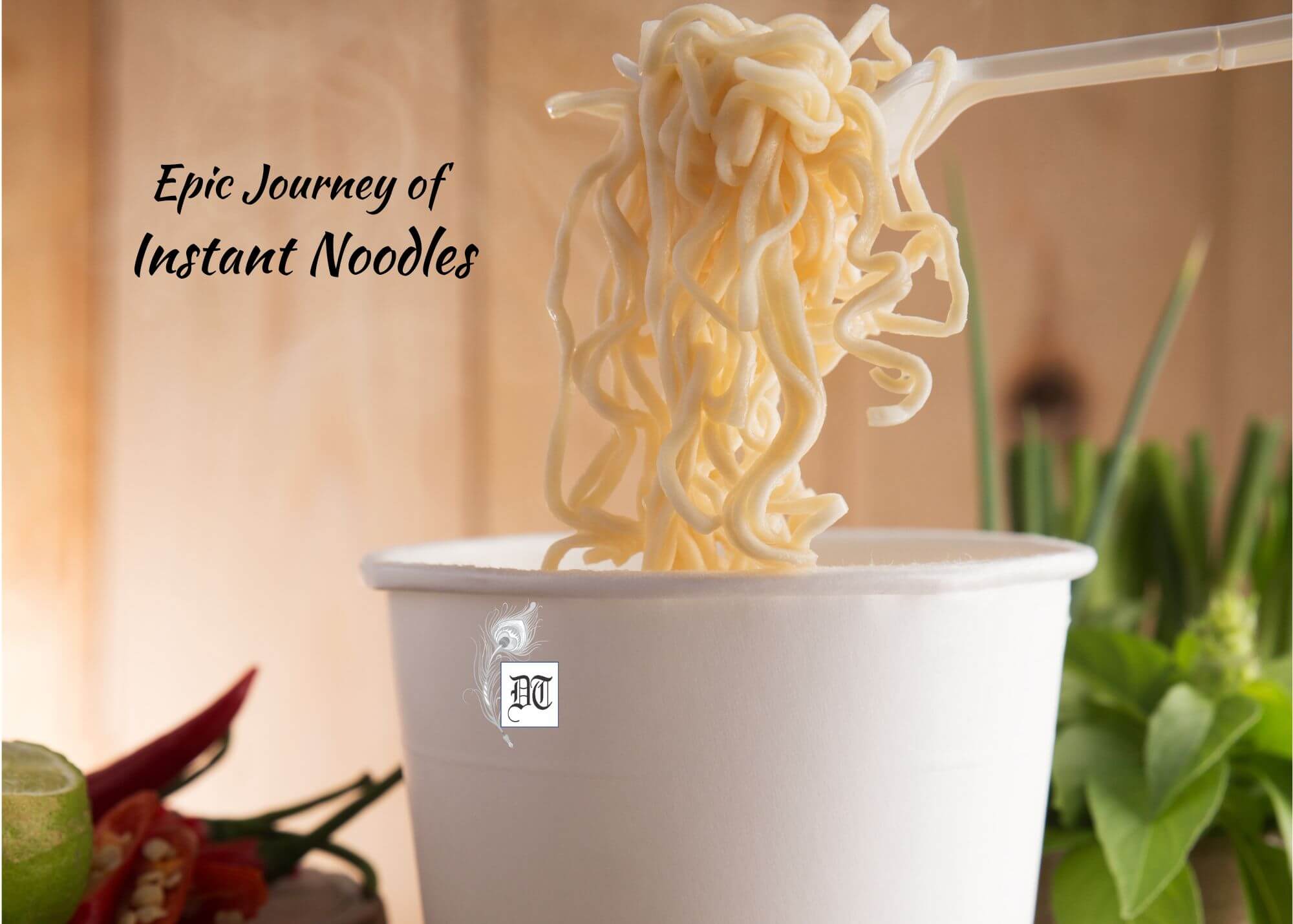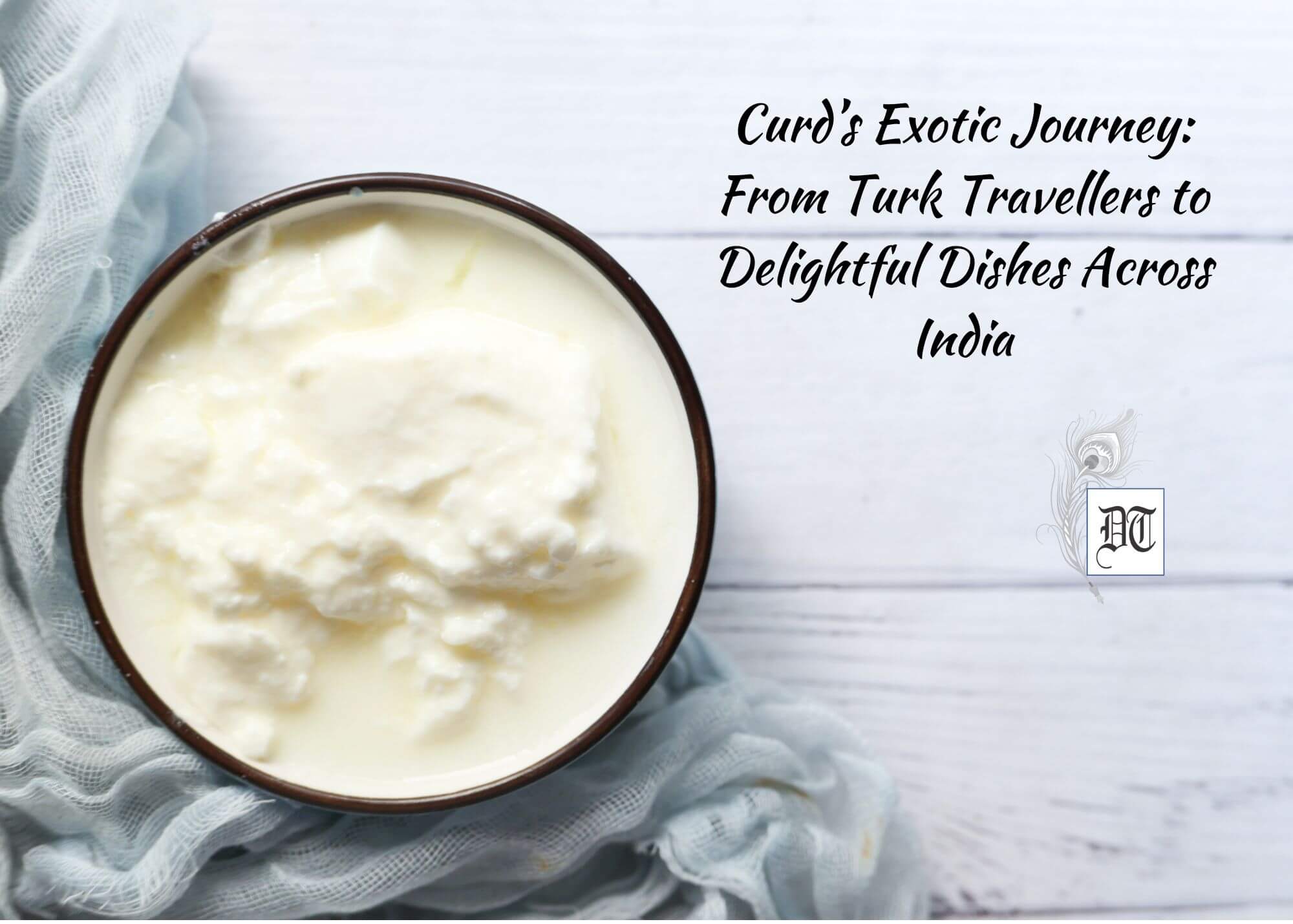Vindaloo is a garbled pronunciation of the original Portuguese dish ‘carne de Vinha d’alhos,’ which means, meat marinated in wine vinegar and garlic. The local conditions tweaked the dish since there was no wine vinegar in India. The dish got its unique Goan taste with the blending of locally available ingredients like tamarind, cinnamon, cardamom and black pepper. Therefore, it is perfectly safe to say that Vindaloo originated in Goa, which was the seat of the Portuguese for 450 years. Lily traces the development and antiquity of the dish, in the weekly column, exclusively in Different Truths.
Vindaloo is an exotic sounding name and whenever I heard it, I was intrigued. The mystique of foreign sounding names always makes a dish more desirable perhaps due to its exotic origins. Vindaloo, which is also known as Vindalho is a curry dish from India, eaten widely in Goa and its surrounding Konkan region,
 The Anglo-Indian form of this dish is known all over the globe. Outside India, it is served in curry house menus as a hot, fiery and spicy dish. If one were to eat Vindaloo in England then the spices would sear the tongue. Originally, the dish came to the shores of Goa in the 15th century with explorers from Portugal.
The Anglo-Indian form of this dish is known all over the globe. Outside India, it is served in curry house menus as a hot, fiery and spicy dish. If one were to eat Vindaloo in England then the spices would sear the tongue. Originally, the dish came to the shores of Goa in the 15th century with explorers from Portugal.
Its name Vindaloo is a garbled pronunciation of the original Portuguese dish ‘carne de Vinha d’alhos,’ which means, meat marinated in wine vinegar and garlic. The local conditions tweaked the dish since there was no wine vinegar in India. The Franciscan priests fermented their own vinegar from palm wine. The dish got its unique Goan taste with the blending of locally available ingredients like tamarind, cinnamon, cardamom and black pepper. Therefore, it is perfectly safe to say that Vindaloo originated in Goa, which was the seat of the Portuguese for 450 years. By the time the Portuguese left, in 1960, many Goan inhabitants had converted to Christianity and the dish underwent a culinary and linguistic transformation.
Since Portugal had a global empire, they were instrumental in importing chili peppers from America to India. These added the extra flavour and sharpness to the dish. The delightful marriage of eastern and western cuisines endeared vindaloo to the British occupants of India, from 1797 to 1813. What was, even more, fun was discovering the Christian Goan cooks, who were not bound by any religious or caste restrictions. They were free to make recipes that called for pork or beef. Th e early cookbooks of British India had recipes close to the original Goan Vindaloo. Though the authentic preparation is with pork, Muslims and Hindus started preparing it with chicken and mutton. The spices that were used for the marinade were fragrant and it was advised to use the mortar and pestle for best results in the spice mixture. Ginger, chilli pods, garlic, cumin, cloves, cardamom, cinnamon, pimento, tamarind, turmeric, coriander, and mustard seeds spread their allure.
e early cookbooks of British India had recipes close to the original Goan Vindaloo. Though the authentic preparation is with pork, Muslims and Hindus started preparing it with chicken and mutton. The spices that were used for the marinade were fragrant and it was advised to use the mortar and pestle for best results in the spice mixture. Ginger, chilli pods, garlic, cumin, cloves, cardamom, cinnamon, pimento, tamarind, turmeric, coriander, and mustard seeds spread their allure.
Sadly, if we were to eat Vindaloo in England then probably one would be bombarded with the scalding heat of the chilies. The tangy taste of vinegar might also be missing as would be the delicate elegance of the cinnamon and cardamom aromatics.
Traditional Vindaloo does not contain potatoes, but later due to some linguistic misunderstanding, potatoes began to be added by some cooks. The world Alho was mistaken for aloo, which is a potato in the Hindi language. Alho actually stands for garlic!
Serve this slurp-worthy concoction with Indian flat bread, like naan, or basmati rice, with an accompaniment of a sweet and sour chutney. Mango would do great!
While you are letting the saliva flow into your mouth, how about planning a trip to the heavenly sun kissed beaches of Goa?
Happy merry making till next time. Perhaps you could sip some Feni along with your meal.
Chow!
©Lily Swarn
Photos from the internet.
#Vindaloo #PortugeseInfluence #GoanCuisine #SpicyFood #NonvegetarianFood #HistoryAndMystryOfFood #FoodOfTheWorld #DifferentTruths




 By
By

